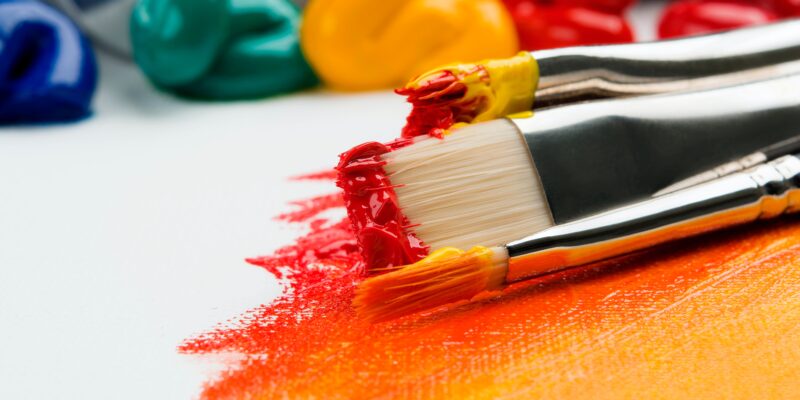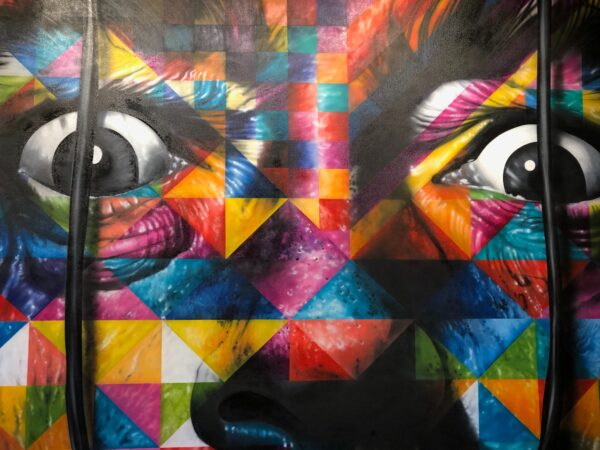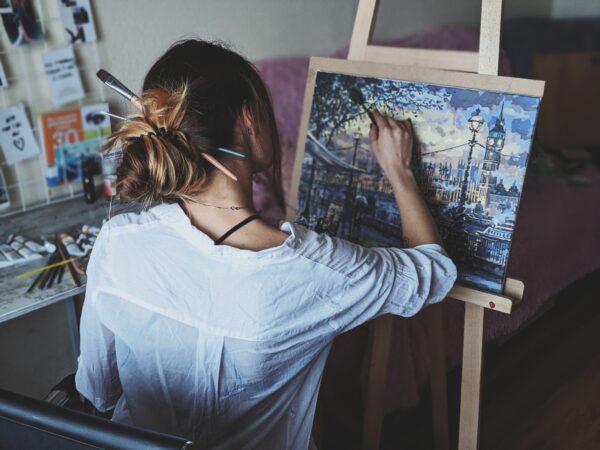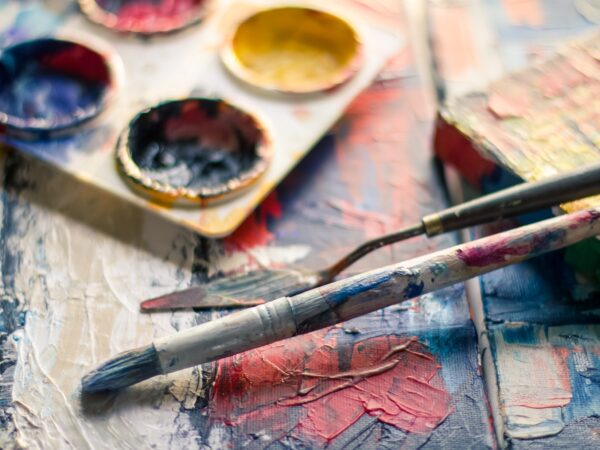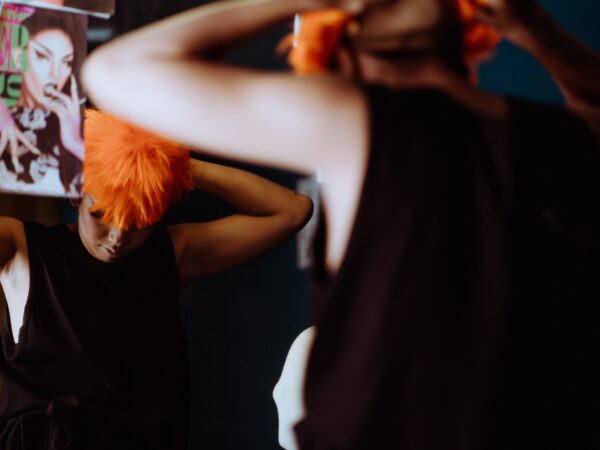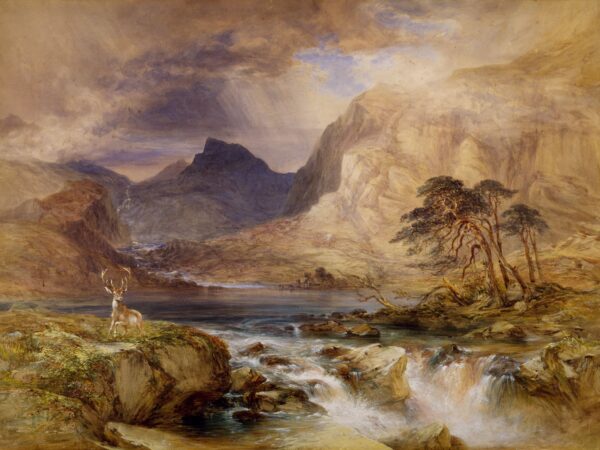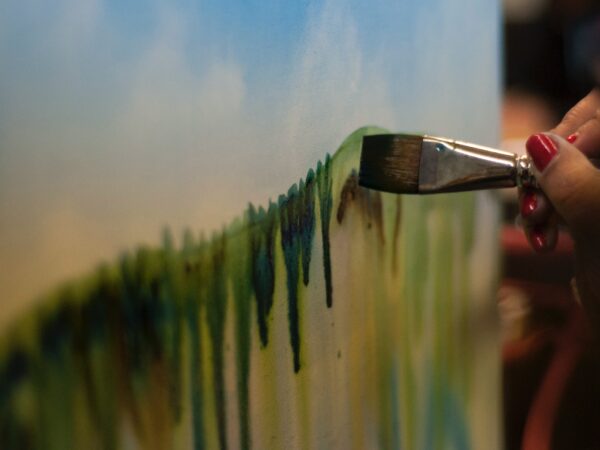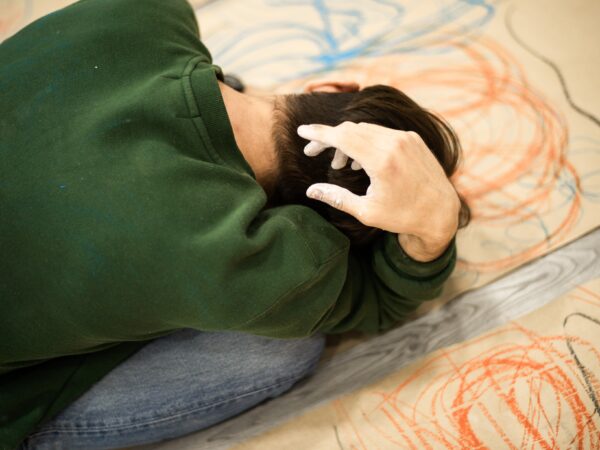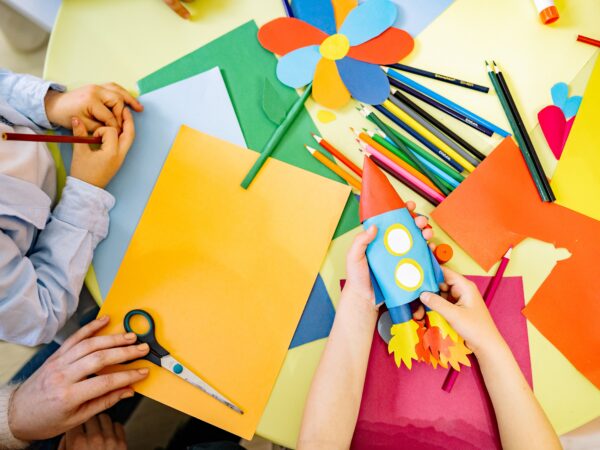Art has always been considered a form of expression, a tool to convey emotions, stories, and ideologies. It’s a medium that allows an artist to showcase his/her talents, creativity, and imagination. Art ranges from simple sketches to complex paintings, sculptures to interactive installations, and over the years,
it has come to be appreciated and revered by enthusiasts and collectors alike. However, it’s not always rainbows and butterflies when it comes to art – there’s a dark side to it as well. In this article, we shall delve into the good, the bad, and the ugly of art.
The Good Art:
Art has an immeasurable impact on society. It leaves a mark on individuals, communities, and even nations. It can inspire hope, lift spirits, and change perspectives. One of the most potent positive effects of art is its power to bring people together.
It has also been used as a tool to create social conversations, break down social barriers, and promote peace. This is a universal language that transcends borders, colour, and race. It can connect people, spark conversations, and make people feel seen and heard.
However, Through art, individuals can express themselves in ways that wouldn’t be possible through words alone. It can be soul-searching, meditative, and cathartic, and it can help individuals work through their emotions and mental health difficulties.
The therapeutic effects of art can help people cope with stress, depression, and anxiety, and it has been successfully used as a tool for mental health treatment.
It has also been responsible for some of the greatest inventions in history.
From the inventions of the Renaissance Period to contemporary times, art has always been a catalyst for scientific progress. Art and science are entwined in a unique relationship, where one influences and inspires the other.
It has been the driving force behind some of the most significant scientific advancements in society – from Da Vincis ‘flying machines’ to scientific illustrations that map the inner workings of the human body.
The Bad Art:
Despite the many positive effects on society, there is a dark side to it. Art can be used to promote hate, subjugate people, and create unrealistic beauty standards.
It can be censored, appropriated, and commercialized, leading to the manipulation of the artist’s original intentions. We only need to look at the work of the Nazi regime and Soviet propaganda art to see how art can be twisted by politics to serve nefarious purposes.
Subliminal messaging has been used in advertising for ages, manipulating individuals to buy unnecessary products or subscribe to unhealthy body standards. The art market has become a business, with millions of dollars exchanging hands for the sale of art pieces.
This has made it difficult for emerging artists to penetrate the market and for true artistic intentions to be appreciated.
It can also create controversies, leading to its destruction or censorship. Such has been the case with the burning of the Notre Dame Cathedral, a devastating event that saw the loss of valuable artwork and architecture.
In other cases, artworks such as ‘Piss Christ’ by Andres Serrano or ‘My Bed’ by Tracey Emin, have caused controversy due to their graphic nature, leading to censorship and the creation of a moral panic around contemporary art.
The Ugly:
While art has been recognized as a valuable commodity. The pressure that comes with creating a masterpiece has led to the unspeakable. Over the years, artists have been known to take extreme measures when trying to create something truly one-of-a-kind.
Vincent Van Gogh famously sliced off a portion of his ear in a desperate bid to capture and convey his emotions into a painting. A recent case, the Prankster’s Heist of the Top Romero Bust at a Museum in Rotterdam in 2020, shows that art theft for profit or personal pleasure is still very much prevalent.
In some cases, artists have been known to use their work to shock and disgust audiences. It takes the darker side of human nature to new extremes. A case in point is the work of Mike Parr, an Australian artist who in 2016 willingly locked himself in a metal container under one of Hobart’s busiest roads.
The piece titled “Underneath the Bitumen, The Artist,” showcases the artist taking extreme measures to get his message across.
However, Art has been used as a cover for criminal activities, most notably in the world of counterfeiting. For decades, It has been used as collateral for the transference of wealth, making it easy for criminals to produce fake artwork that they can sell on the black market.
In 2019, the FBI also revealed that a five-year investigation had led to the recovery of about 800 artefacts, including stolen artwork.
Conclusion:
In summary, art is a vital aspect of society’s cultural fabric. It has the power to inspire, promote change, and heal. However, like all things in life, it has its good, bad, and ugly sides.
However, Society has a responsibility to understand this trinity and appreciate art for the power it holds in connecting cultures, stimulating creativity, and promoting personal growth.
On the other hand, they must also be aware of those who might try to manipulate art for their own gain, either politically or financially. In the end, the good that art brings far outweighs the bad and the ugly.


